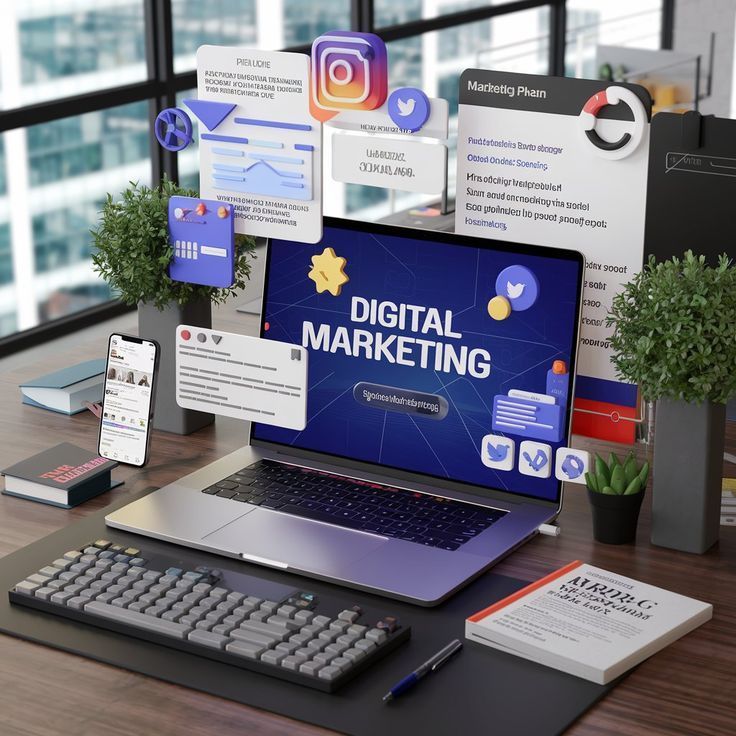Search is no longer about a list of links. It's about a single, definitive answer. As AI-powered platforms like ChatGPT, Gemini, and Copilot become the new front door to information, the rulebook for digital visibility is being rewritten. The future of search belongs to brands that can provide direct, trustworthy answers, not just rank for keywords. This new discipline is called Answer Engine Optimization (AEO).
For decades, businesses have poured resources into Search Engine Optimization (SEO) to climb the rankings on Google. But the ground is shifting. Every week, over 400 million people turn to platforms like ChatGPT for answers, and Microsoft saw a fourfold increase in its Bing mobile app downloads after integrating AI chat. This isn't a fleeting trend; it’s a fundamental change in how users seek information. They want conversations, not just links.
This guide will break down what AEO is, how it differs from traditional SEO, and why it is critical for your brand's survival and growth. We will explore the practical steps you can take to optimize your content for this new AI-driven era, turning your brand's expertise into the authoritative answer that large language models (LLMs) choose to recommend.
AEO vs. SEO: A Fundamental Shift in Strategy
While AEO and SEO share the goal of increasing online visibility, their approaches are fundamentally different. Understanding this distinction is the first step toward future-proofing your digital strategy.
Traditional SEO is built on the foundation of keywords. It involves optimizing your website to rank for specific terms that users type into a search bar. The primary metrics for success are rankings, impressions, clicks, and organic traffic. The ultimate goal is to drive users to your website.
Answer Engine Optimization, on the other hand, is built on the foundation of conversational questions. It focuses on structuring your content so that AI platforms can directly extract and present it as the answer to a user's query. This might happen within a chatbot interface, a voice assistant's response, or a featured snippet, often without the user ever clicking through to your site.
Here’s a breakdown of the core differences:
- Focus: SEO targets keywords, while AEO targets conversational questions.
- Goal: SEO aims to increase website traffic and rankings. AEO aims to become the definitive source for a direct answer.
- Metrics: SEO measures success with rankings, domain authority, and traffic. AEO tracks mentions, citations, referral traffic from AI platforms, and conversions, which can be up to nine times higher than traditional search traffic.
This shift requires brands to move from creating keyword-centric content to developing a repository of clear, authoritative answers that address real user questions.
Why Answer Engine Optimization Is Critical in 2025
The rise of AI chatbots is not just changing user behaviour; it’s poised to redirect a significant portion of the search market. Gartner predicts that by 2026, a staggering 25% of organic search traffic will shift to AI chatbots and virtual assistants. This means a quarter of the visibility brands currently fight for on Google will move to platforms where traditional SEO tactics have less impact.
What does this mean for your business? It means that if your content isn't optimized for answer engines, you risk becoming invisible to a growing segment of your audience. Early adoption of AEO isn't just about gaining a competitive edge; it's about securing your brand's place in the future of digital discovery.
Businesses that adapt their strategies now will be positioned to:
- Gain a First-Mover Advantage: Capture visibility on emerging AI platforms before they become saturated.
- Grow Brand Authority: Become the trusted, cited source in AI-generated answers, building credibility with both users and models.
- Drive High-Intent Traffic: Attract users who have received a direct, valuable answer from your brand and are ready to take the next step.
The transition is already underway. Ignoring AEO is no longer an option for brands that want to thrive.
Increase your visibility in AI-driven search with Answer Engine Optimization. We’ll help your business rank in Google SGE, ChatGPT, and Bing Copilot, driving more traffic, trust, and conversions while strengthening your online presence.
.png)
The Unique Challenges of AEO
While the opportunity is immense, navigating the AEO landscape comes with a unique set of challenges that differ significantly from traditional SEO.
The Tracking and Measurement Hurdle
Unlike SEO, where tools like Google Search Console provide detailed analytics on performance, AEO currently lacks a centralized dashboard. Tracking brand mentions, citations, and referral traffic across a fragmented ecosystem of AI models (like ChatGPT, Claude, and Perplexity AI) is complex. Marketers must piece together data from various sources to measure ROI, making it harder to demonstrate clear value.
Securing Internal Buy-In
Winning the budget and resources for AEO can be an uphill battle. It requires a forward-thinking mindset and a willingness to invest in a strategy where the immediate returns may not be as straightforward as traditional SEO. Educating stakeholders on the long-term value and the risk of inaction is crucial for getting the necessary support.
Optimizing for a Multi-Model World
There isn’t one single AI to optimize for. Each LLM be it from Google, OpenAI, or Anthropic has its own nuances. They learn and remember differently, building context over time that shapes future recommendations. A strategy that works for one model may not work for another, requiring a flexible and adaptive approach to content creation.
Getting Started with Answer Engine Optimization
Transitioning to an AEO-centric strategy doesn't mean abandoning SEO. Instead, it involves expanding your focus to build a more resilient digital presence. Here are actionable steps to begin optimizing for answer engines.
Build a Foundation of Authoritative Content
The core of AEO is creating content that directly and comprehensively answers real user questions. Go beyond generic product descriptions and keyword-stuffed articles. Instead, focus on developing a knowledge hub that addresses the "who, what, where, when, why, and how" related to your industry and offerings. Audit your existing content and identify gaps where you can provide new, valuable insights.
Add Structure with Schema Markup
Schema markup is structured data that helps AI models understand the context of your content more effectively. By adding schema for FAQs, how-to guides, products, and articles, you provide clear signals about what your content is and the questions it answers. This significantly increases the likelihood that an answer engine will use your content to formulate a response.
Enhance Credibility with Backlinks and Citations
Authority remains a critical signal for both search engines and answer engines. Earning backlinks from reputable sources validates your content's credibility. Additionally, ensure your brand's presence is consistent across local listings, social media platforms, and industry directories. The more your brand is cited as a trusted source across the web, the more likely LLMs will be to reference it.
Track Mentions and Evaluate Performance
While tracking is a challenge, it's not impossible. Set up alerts to monitor brand mentions across the web and social media. Use analytics to track referral traffic from known AI platforms. This data will help you understand which strategies are working and where to focus your efforts. Start by setting clear goals and KPIs, whether it's increasing brand mentions or driving conversions from AI-generated traffic.
Increase your visibility in AI-driven search with Answer Engine Optimization. We’ll help your business rank in Google SGE, ChatGPT, and Bing Copilot, driving more traffic, trust, and conversions while strengthening your online presence
.png)
The Future of Search: Why AEO Matters in 2025
- AI platforms now serve 400 million weekly users seeking direct answers, not links.
- By 2026, 25% of organic search traffic will shift to AI chatbots permanently.
- AEO focuses on conversational questions while traditional SEO targets keyword rankings only.
- Brands optimizing for answer engines gain authority, visibility, and nine times higher conversions.
- Start now with structured content, schema markup, and clear authoritative answers upfront.
Frequently Asked Questions?
What specific AEO strategies work best for Melbourne’s competitive market?

How can AEO help businesses in Melbourne stand out?

Can small businesses benefit from AEO?

What are the first steps to implement AEO?

Why is AEO important for my business?

How does AEO differ from traditional SEO?

What is Answer Engine Optimization (AEO)?

Stay Ahead in the AI Search Era
AI-driven engines are reshaping how users discover brands. Let’s optimize your content for ChatGPT, Perplexity, and Google SGE to keep you visible and relevant.









.jpg)





